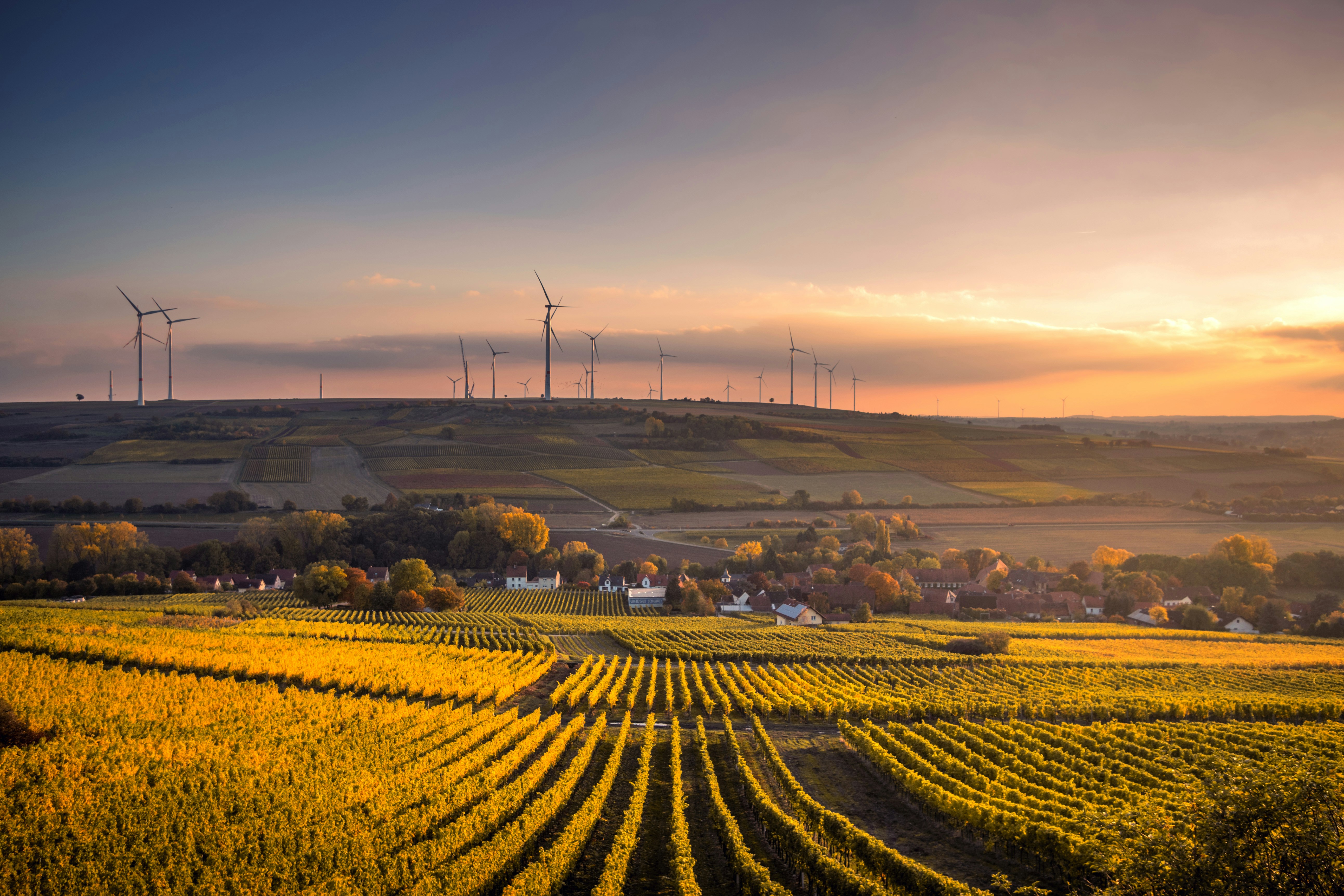Unraveling the Mystery of Solastalgia in the 21st Century
Introduction: Delve into the intriguing world of solastalgia, a term that refers to the emotional distress caused by environmental changes. This relatively unexplored phenomenon is becoming increasingly prevalent in the 21st century, shaping our connections with nature and our mental wellbeing. Read below to embark on a journey of understanding this novel societal trend.

Understanding Solastalgia: A Historical Context
Coined by environmental philosopher Glenn Albrecht in 2003, the term solastalgia merges ‘solace’ and ‘nostalgia,’ symbolizing a profound sense of dislocation and loss. It was initially used to describe farmers’ distress in Australia due to relentless drought and land degradation. However, it has since then gained global relevance, describing the psychological impact of climate change and environmental degradation.
The Age of Environmental Anxiety: Current Trends
In the 21st century, with escalating environmental concerns, solastalgia is no longer confined to farmers or those directly linked with nature. Urban dwellers are also experiencing this distress as they witness their familiar landscapes transforming due to pollution, deforestation, and urbanization. Moreover, the increased coverage of environmental catastrophes in media has heightened public awareness, bringing solastalgia to the fore of societal discussions.
Solastalgia and Modern Society: The Societal Implications
Solastalgia is quietly shaping our society, altering perceptions about the environment and mental health. It’s fostering a sense of collective responsibility towards the environment, reflected in the growing popularity of sustainable living. Simultaneously, it’s challenging the mental health sector to acknowledge and address environmental grief. The recognition of solastalgia is thus aiding in the gradual dismantling of the artificial divide between humans and nature.
Research Insights: Unveiling the Complexity of Solastalgia
Research has begun to shed light on the multifaceted nature of solastalgia. Studies indicate that it’s not merely a distressing emotion but also a motivator for environmental activism. It’s this duality that makes solastalgia a complex yet fascinating subject of study. Understanding solastalgia can provide crucial insights into human responses to environmental changes, guiding effective climate change communication strategies.
Solastalgia: A Balance of Depth and Accessibility
Despite its profound implications, solastalgia remains an unfamiliar term for many. To ensure its wider understanding, it’s crucial to strike a balance between in-depth exploration and accessibility. By intertwining personal narratives of environmental distress with scientific explanations, we can demystify solastalgia, making it relatable for a broader audience.
In the realm of People & Society, unraveling solastalgia provides a fresh and pertinent perspective. Not only does it deepen our understanding of our emotional bond with the environment, but it also highlights the need for societal and mental health paradigms to adapt in response to our rapidly changing world. As we continue to navigate the 21st century, understanding and addressing solastalgia will become ever more crucial in fostering a healthy relationship with our environment.





